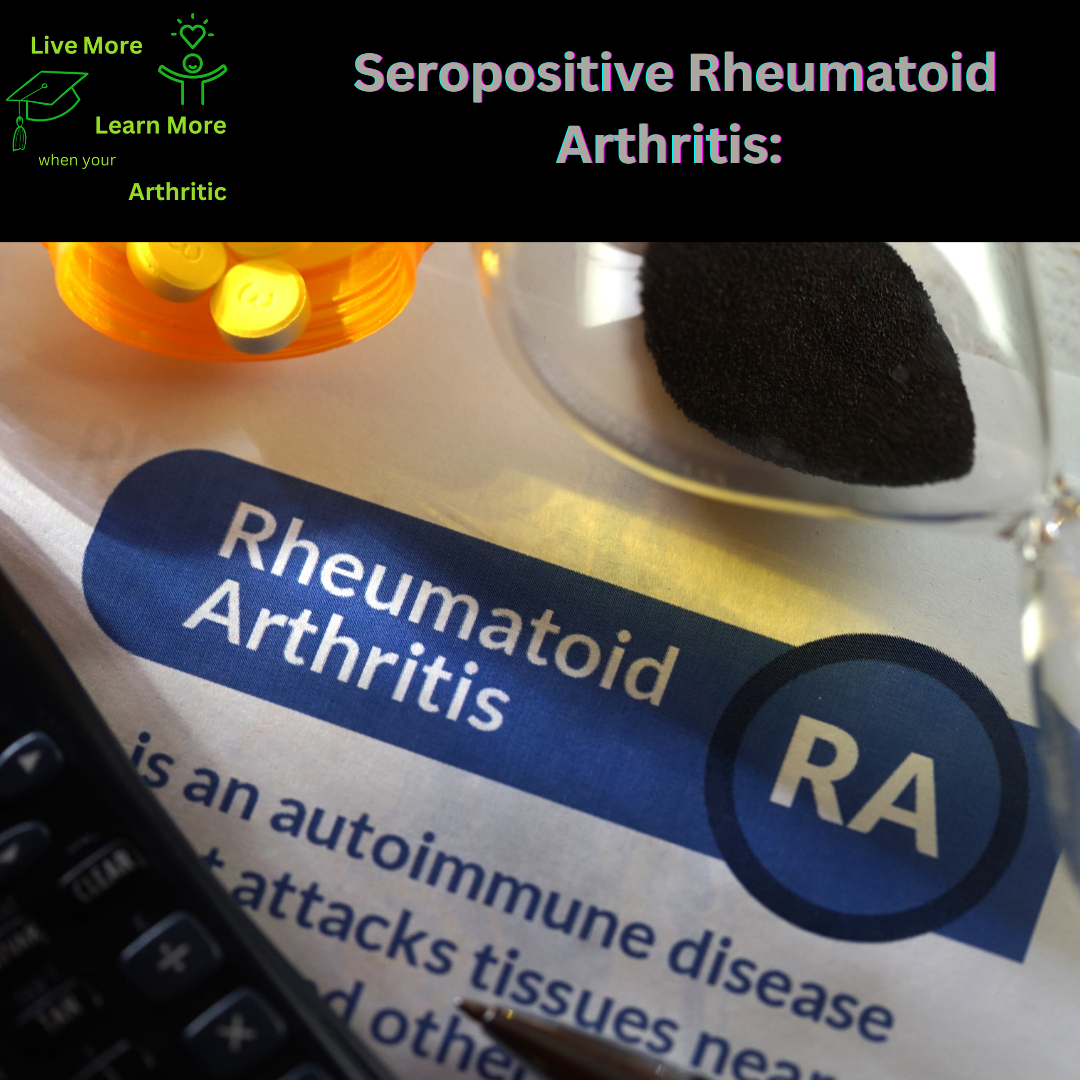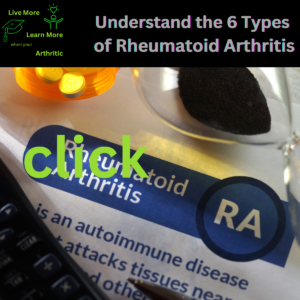
Seropositive Rheumatoid Arthritis: 6 of 6 Subtypes of Rheumatoid Arthritis (RA)
Understanding Seropositive Rheumatoid Arthritis
Seropositive Rheumatoid Arthritis (RA) is a challenging condition that primarily affects the joints, causing inflammation, pain, and stiffness. While this form of RA is less common than its adult counterpart, its impact on young lives can be significant and lifelong. Let’s delve into the details of this condition, exploring its manifestations, triggers, and potential for managing its effects.
Read each of the 6 Rheumatoid Arthritis Subtypes.
6 Subtypes of Rheumatoid Arthritis
Seronegative Rheumatoid Arthritis (RA): 1 of 6 Subtypes of Rheumatoid Arthritis (RA)
Juvenile Rheumatoid Arthritis (JRA): 2 of 6 Subtypes of Rheumatoid Arthritis (RA)
Rheumatoid Vasculitis (JRV): 3 of 6 Subtypes of Rheumatoid Arthritis (RA)
Palindromic Rheumatism: 4 of 6 Subtypes of Rheumatoid Arthritis (RA)
Undifferentiated Connective Tissue Disease (UCTD): 5 of 6 Subtypes of Rheumatoid Arthritis (RA)
And the Rheumatoid Arthritis Severity Scale
Understanding Seropositive Rheumatoid Arthritis
Seropositive rheumatoid arthritis is a chronic autoimmune disease that primarily affects the joints. In this form of RA, individuals test positive for certain antibodies, such as rheumatoid factor (RF) or anti-citrullinated protein antibodies (ACPAs), which are indicative of the condition. The disease is characterized by inflammation of the synovium (the lining of joints), leading to pain, stiffness, and potentially joint damage over time.
Most Affected Parts of the Body
The joints most commonly affected by seropositive RA include those of the hands, wrists, feet, knees, and elbows. However, RA can affect any joint in the body, including the hips, shoulders, and spine. The inflammation caused by RA can lead to swelling, pain, and reduced range of motion in these joints.
Remission and Disease Description
While complete remission (where symptoms disappear entirely) may not always be achievable, periods of remission with significantly reduced symptoms are possible with early and aggressive treatment. Seropositive RA is a progressive disease that, if left untreated, can cause joint deformities and disabilities.
Causes and Triggers
The exact cause of seropositive RA is not fully understood, but it is believed to be a combination of genetic predisposition and environmental triggers. Potential triggers include infections, hormonal changes, smoking, and certain dietary factors. The immune system mistakenly attacks the synovium, leading to chronic inflammation.
Symptoms and Limited Range of Motion
Common symptoms of seropositive RA include joint pain, stiffness (especially in the mornings or after periods of inactivity), swelling, warmth around affected joints, and fatigue. As the disease progresses, individuals may experience limited range of motion due to joint damage and inflammation.
Onset Age and Lifespan Impact
Seropositive RA often begins between the ages of 30 and 60, but it can occur at any age. The impact on lifespan varies depending on disease severity and response to treatment. With proper management, individuals with RA can lead fulfilling lives comparable to those without the disease.
Autoimmune Nature and Risk Factors
Yes, seropositive RA is indeed an autoimmune disease. Risk factors include family history of RA, certain genetic markers, and environmental factors like smoking or exposure to certain infections.
Complications and Associated Risks
Complications of seropositive RA can include joint deformities, reduced mobility, increased risk of osteoporosis, cardiovascular diseases (due to chronic inflammation), and potential involvement of other organs such as the lungs or eyes.
Quality of Life and Proactive Approach
A proactive approach to managing seropositive RA can greatly improve quality of life. This includes early diagnosis, aggressive treatment to control inflammation, regular exercise to maintain joint function, and lifestyle modifications such as maintaining a healthy diet and managing stress.
Possible Interconnected Diseases
Seropositive RA is associated with several comorbidities, including cardiovascular diseases, osteoporosis, Sjögren’s syndrome, and lung diseases like interstitial lung disease. Regular monitoring and early intervention can help mitigate these risks.
Impact on Age and Gender
Seropositive RA affects women more frequently than men, with women being three times more likely to develop the disease. The peak onset occurs between ages 40 and 60, although younger individuals and older adults can also be affected.
In conclusion, while seropositive RA presents significant challenges, proactive management can lead to improved outcomes and a higher quality of life. Understanding the disease, its triggers, and associated risks is essential for effective treatment and overall wellness.

